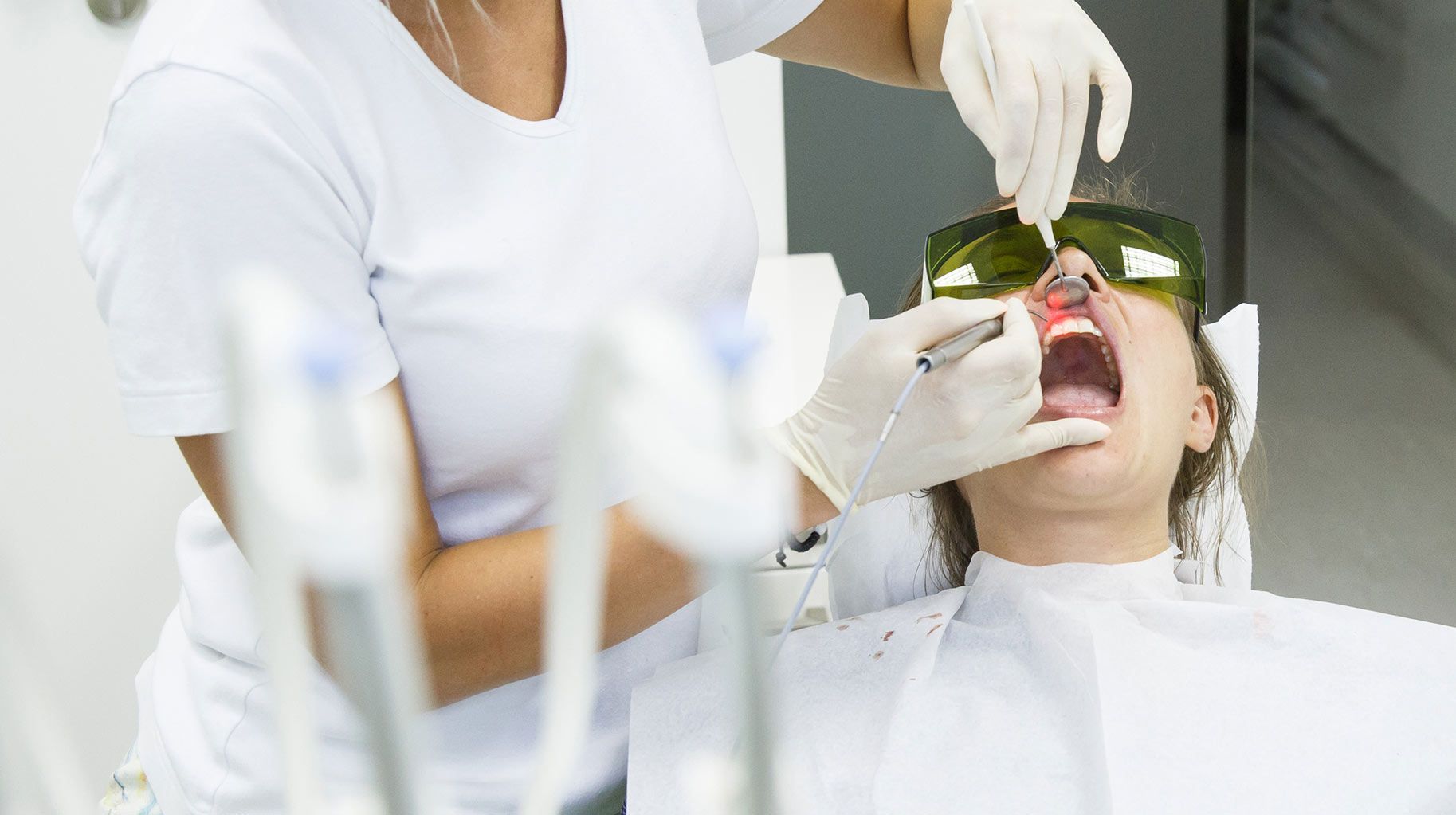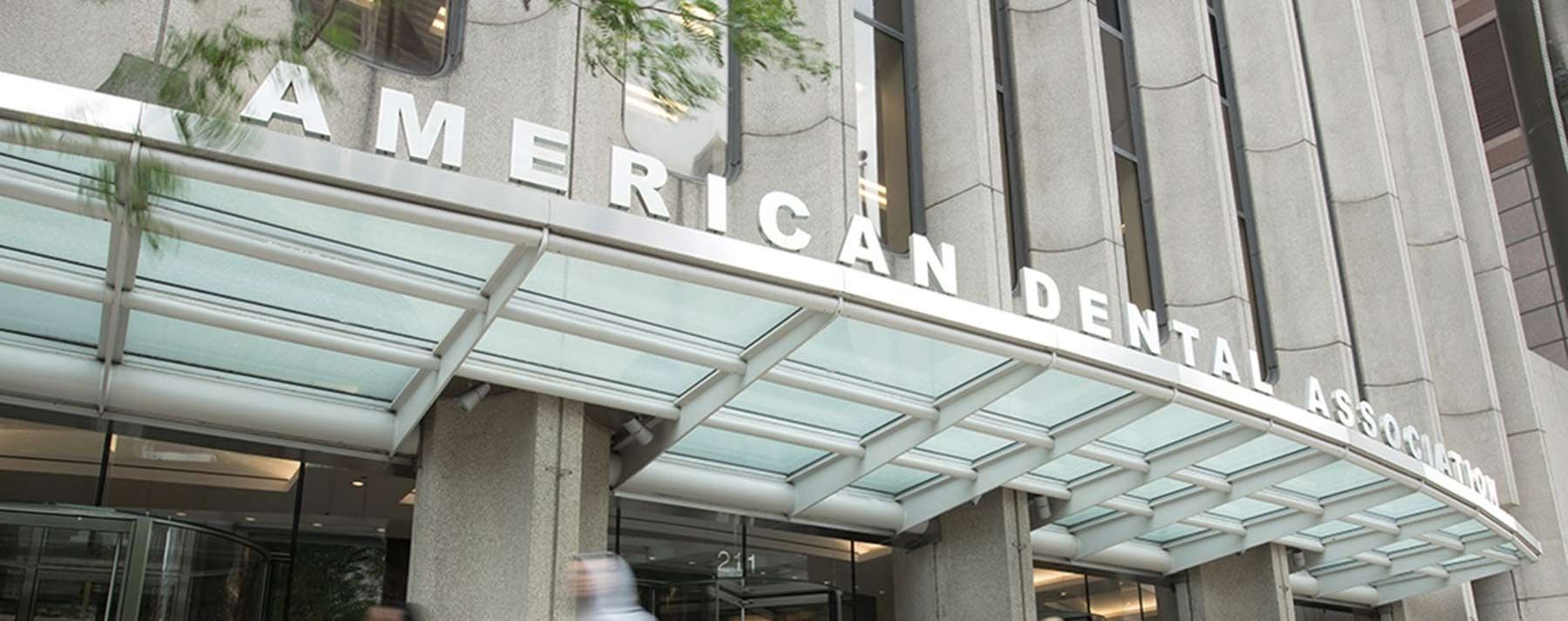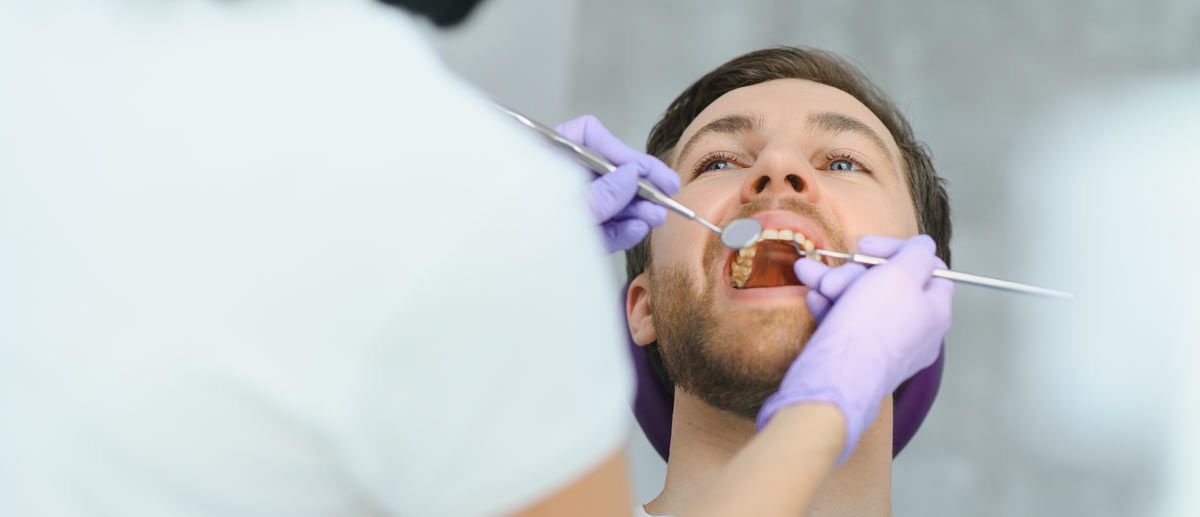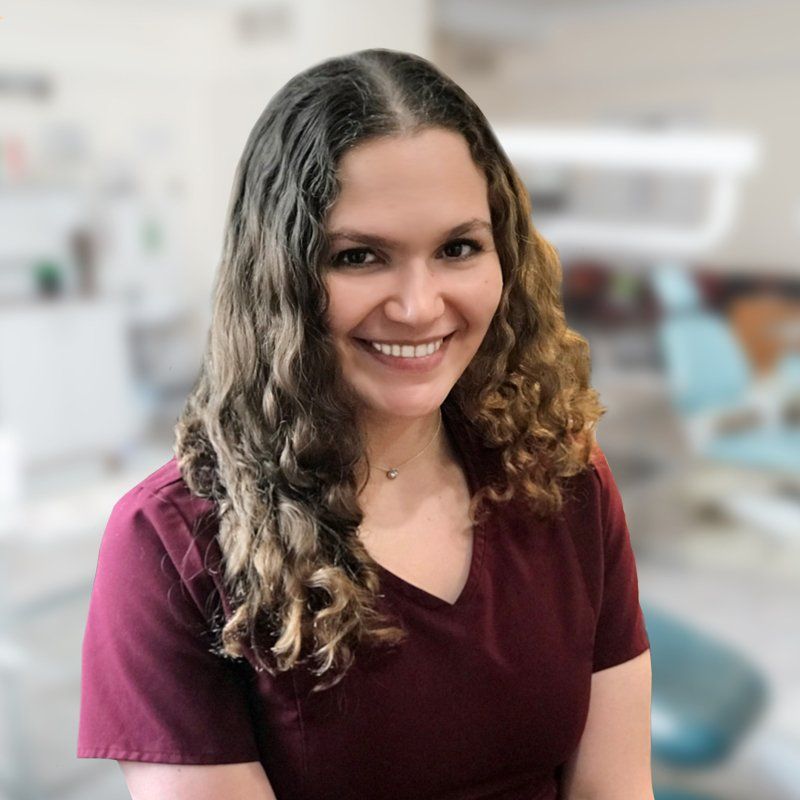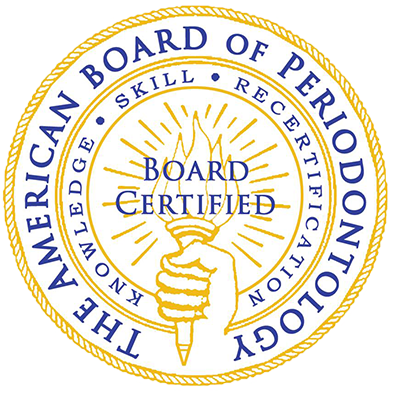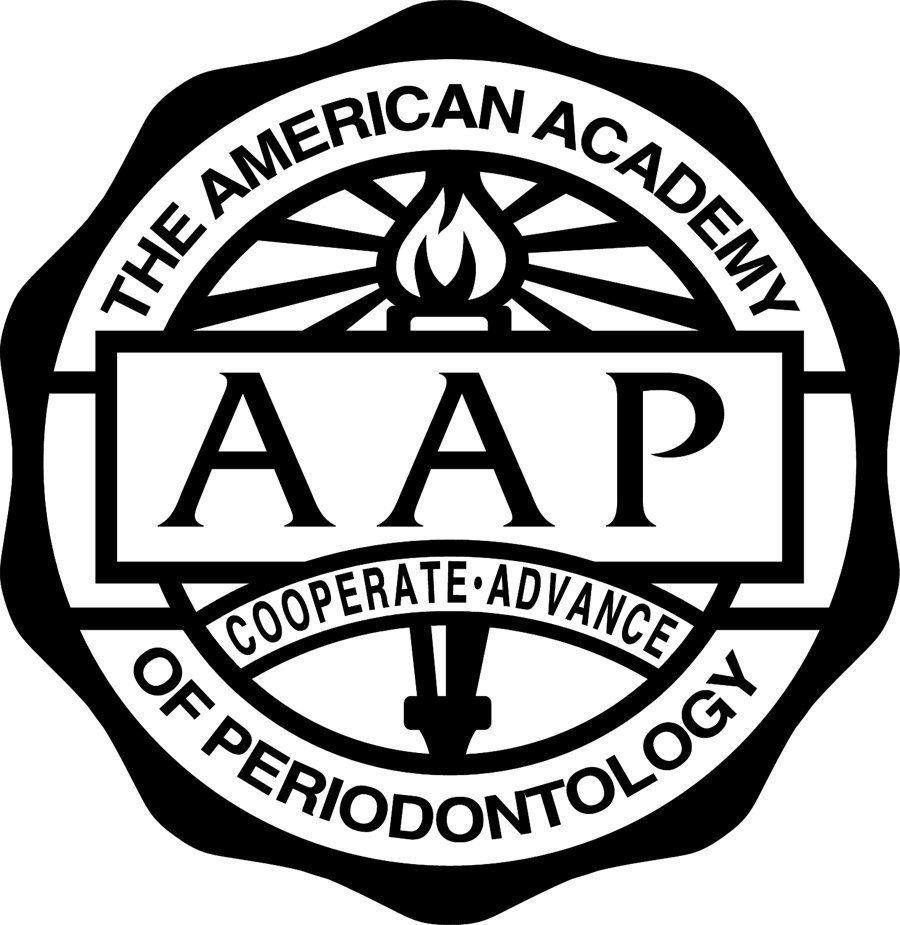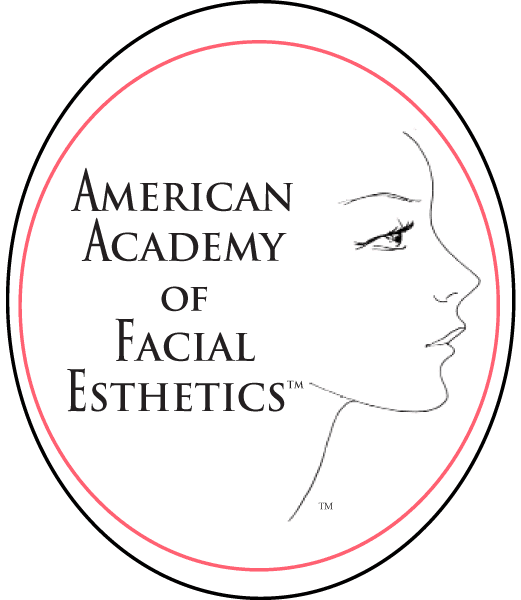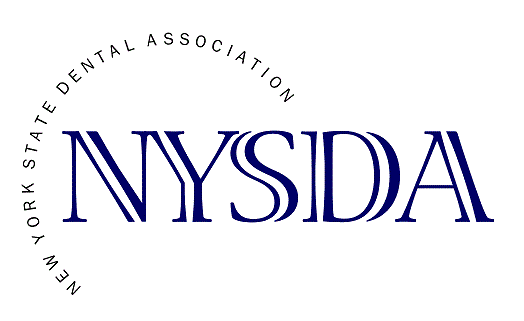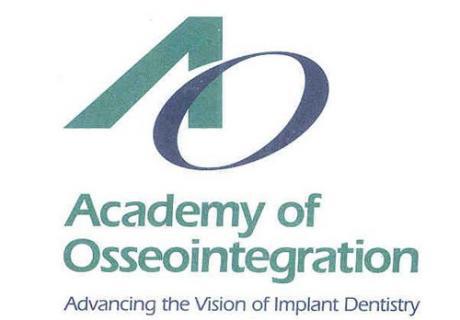New Advances in Periodontal Treatment: Exploring Innovative Techniques Introduction
Learn about the latest innovations in periodontal care.
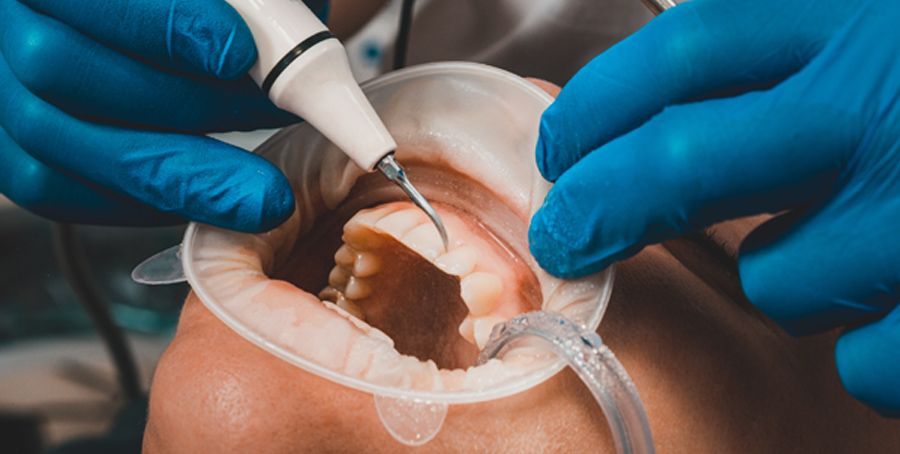
Periodontal disease affects millions of people worldwide and can lead to serious oral health problems if left untreated. However, recent advancements in dental technology have brought forth innovative techniques that offer improved outcomes in periodontal treatment. In this article, we will explore some of these new advances and discuss how they contribute to enhancing dental health.
- Laser-Assisted Periodontal Therapy: Laser therapy has revolutionized periodontal treatment by providing a minimally invasive and efficient method to address gum disease. Lasers remove infected tissues, sterilize the gum pockets, and promote healing. This technique dramatically reduces discomfort, bleeding, and recovery time experienced by patients. Laser-assisted periodontal therapy offers unparalleled precision, ensuring healthy gum tissue remains intact while removing bacteria that cause periodontal disease.
- Guided Tissue Regeneration: Guided Tissue Regeneration (GTR) is a technique that stimulates the regrowth of damaged bone and gum tissue around the teeth. This method utilizes a barrier membrane to prevent the growth of unwanted tissues into the healing areas. By selectively redirecting cell growth, GTR encourages the regeneration of periodontal tissues and the formation of new bone, effectively repairing the damage caused by gum disease and restoring a healthy periodontium.
- Platelet-Rich Plasma (PRP) Therapy: PRP therapy involves using a patient's own blood, which is spun in a centrifuge to separate platelets and growth factors. The concentrated plasma obtained is then applied to the affected area, promoting tissue regeneration and faster healing. PRP therapy aids in tissue repair by supporting cell growth, reducing inflammation, and enhancing overall healing processes. This technique has shown promising results in accelerating periodontal tissue regeneration and improving treatment outcomes.
- Antibiotic Therapy - Arestin: Arestin is an innovative antibiotic therapy that is utilized in conjunction with scaling and root planning procedures. It involves placing a controlled-release antibiotic gel containing minocycline into the periodontal pockets after cleaning. This localized delivery of antibiotics helps kill bacteria that cause gum disease and reduce inflammation. Arestin has significantly improved the effectiveness of non-surgical treatments for periodontitis, thereby enhancing treatment outcomes and reducing the need for more invasive procedures.
- Piezoelectric Ultrasonic Scaling: Piezoelectric ultrasonic scalers are advanced dental instruments that use ultrasonic vibrations to remove calculus deposits from the teeth and gum pockets. Unlike traditional scaling techniques, piezoelectric scaling is more precise and less invasive, minimizing damage to healthy tissues. Additionally, ultrasonic scalers generate acoustic microstreaming and cavitation effects, further removing harmful bacteria and promoting gingival health. This technique has improved the overall comfort and effectiveness of scaling procedures for patients, ensuring optimal oral hygiene.
- Photodynamic Therapy (PDT): Photodynamic Therapy is a minimally invasive technique that utilizes a photosensitive agent (such as methylene blue) and a specific wavelength of light to target and eliminate bacteria associated with periodontal disease. The photosensitive agent localizes within periodontal pockets and, when exposed to the light source, forms cytotoxic reactive oxygen species that selectively destroy bacteria. PDT is an effective adjunctive treatment, especially for patients with aggressive or refractory forms of periodontal disease.
New advances in periodontal treatment techniques have significantly improved the outcomes and patient experience in managing periodontal disease. Laser-assisted therapy, guided tissue regeneration, platelet-rich plasma therapy, antibiotic therapy with Arestin, piezoelectric ultrasonic scaling, and photodynamic therapy offer innovative approaches to combat gum disease, enhance tissue regeneration, and promote overall dental health.
These advancements are helping to shape a brighter future for individuals suffering from periodontal disease, providing them with more effective and comfortable treatment options.

